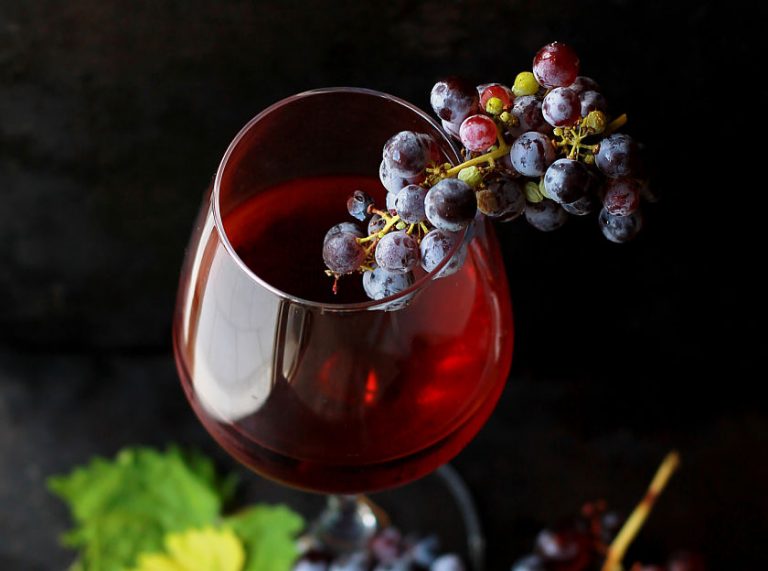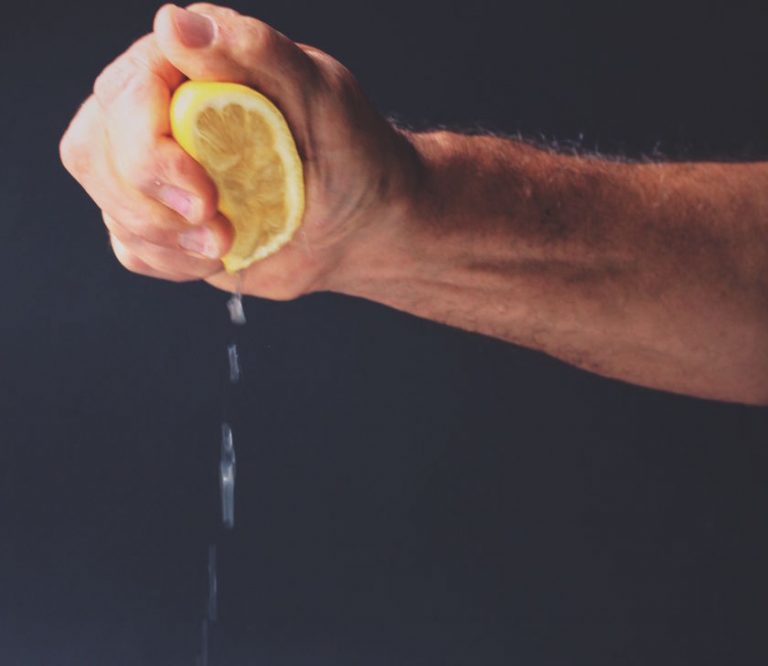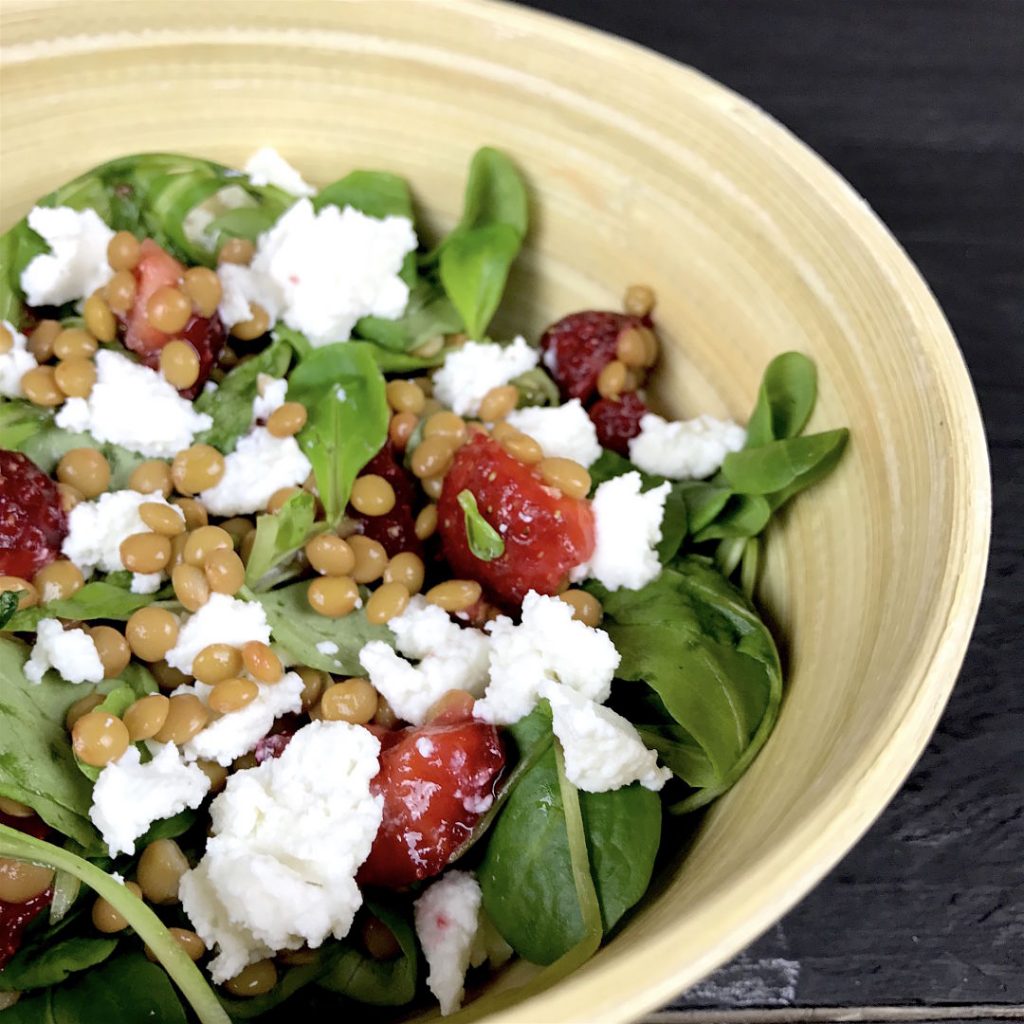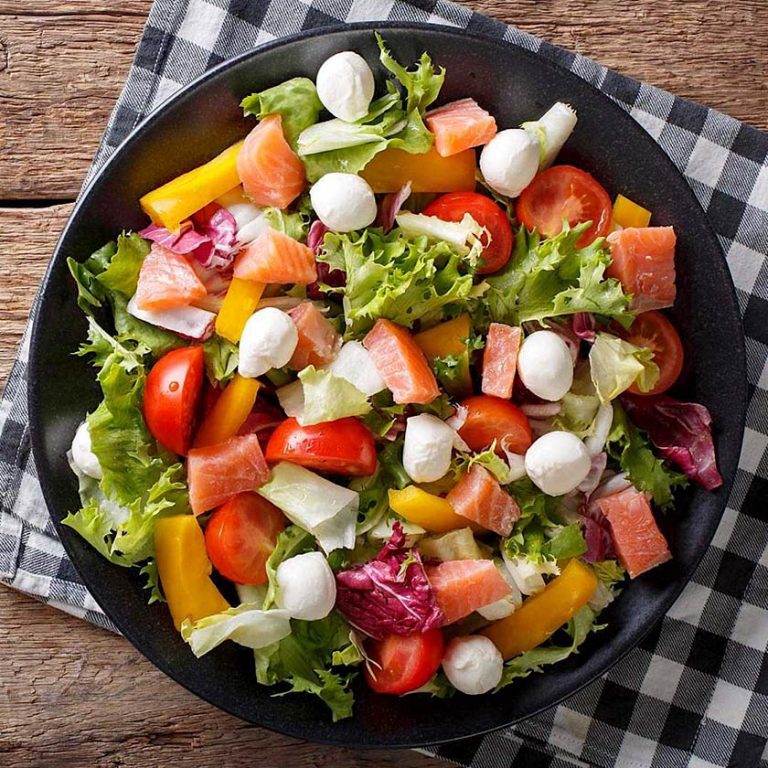1. What is fiber?
Many people associate ”high fiber content” with something good or healthier, but fiber is really a vegetable residue that cannot be digested if you are a human being . Whether you are Messi, Bolt or Phelps is another story.
It is important to differentiate between two types of fiber: soluble and insoluble. Neither can be digested and neither is better than the other.
Soluble fiber feeds our intestinal flora and causes gastric emptying into the duodenum to be slower , limits the absorption of some nutrients and feeds our intestinal flora.
Insoluble fiber acts like a rigid sponge. By retaining fluid and not yielding it to , it increases the volume of the fecal bolus, which causes more bowel movements (peristalsis), producing a increase in gastrointestinal transit speed. That the intestinal transit is faster is important because it makes unwanted substances spend less time in contact with our body.
2. What foods provide more fiber?
Soluble fiber is found in fruits, nuts, legumes and algae.
Insoluble fiber is found in whole grains, legumes, vegetables such as bell pepper or zucchini, and in leafy vegetables such as spinach, lamb’s lettuce or arugula.
Be careful with the labels: In the supermarket, the products you see with the label “Source of fiber” only contain 3 g of fiber for every 100 g of product . The ones that say “High fiber content” have 6 g of fiber for every 100 g of product. It may seem surprising that Spanish legislation allows these names in products that do not have a high fiber content. Well, it’s not really surprising at all.

3. What exactly is the intestinal flora? It is so important?
Our gut microbiota or microflora is the population of microbes that inhabit our large intestine (most of it in the ascending colon). Dietary fiber reaches the colon practically unchanged, and here the bacteria, with their numerous enzymes, can digest it to a greater or lesser extent. More than 50% of the fiber we consume is degraded by the colon and the rest is eliminated with the feces.
And yes, it is tremendously important. Much more than you think. In fact, it seems that the current increase in intolerances could be the consequence of alterations in our intestinal flora. By the processes and chemical aggregates used by the food industry? Who knows, but let’s get back to the fiber.
The attack of our microbiota on fiber – mainly soluble fiber. The insoluble passes practically intact – it originates the phenomenon of fermentation, the same that exists in the production of wines, beers, yogurts or cheeses. During this fermentation process, energy and gases such as hydrogen, methane and carbon dioxide are produced, responsible for causing certain degrees of flatulence and making your social life a disaster. But in fermentation, also produce compounds called short chain fatty acids (SCFA) that give us all these benefits :
- Increased bowel movements or peristalsis that prevent constipation and reduce the time in which undesirable compounds are in our body
- Precipitation and elimination of toxic molecules such as bile acids and ammonium
- Contribution to the formation of a bifid microbiota, beneficial for the organism.
- Improved sodium and water absorption
- Reduction of the levels of the so-called bad cholesterol (LDL-cholesterol)
- Reduction of the time in which other undesirable compounds are in our body
- Prebiotic effect (not to be confused with probiotics, which are the bacteria themselves). Prebiotics are beneficial compounds as they promote the selective growth of a limited number of bacteria. This means that only those bacteria that give us benefits or a certain activity will grow in the body.
- Reduction of non-communicable diseases such as diabetes, cardiovascular diseases and obesity.
4. Is the intestinal microflora the same in all people?
No. Our microbiota contains 100 trillion microorganisms, including at least 1,000 different species of bacteria that comprise more than 3 million genes, 150 times more than in the human genome. In fact, the gut microbiota can weigh up to 2 kg. Two thirds of this microflora are specific to each person. In other words, we could describe it as the personal identity card, since it is unique to each individual.
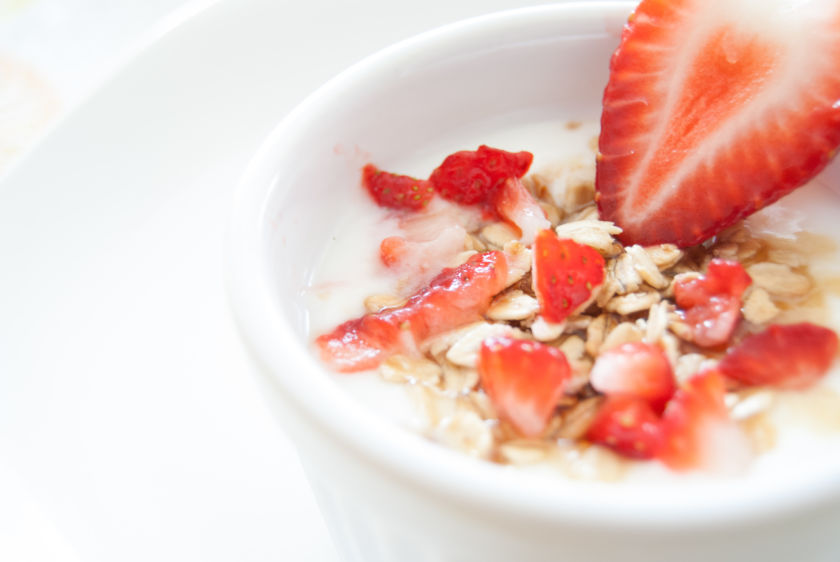
5. At a sports level, when should you take or avoid fiber?
Before or during sports activity we are interested in performing a rapid digestion. Fiber slows gastric emptying, so it is not advisable to add large amounts of vegetables, greens, whole grains, fruits with skin or nuts. The earlier you digest, the more energy available, the less gastrointestinal upset, and the more blood to your muscles.
At a sports level we all know how uncomfortable flatulence is. No lentils before competing! A useful tip is to discard the first cooking water of the legumes, this will reduce the amount of soluble fiber and will not cause you as much gas.
If you increase your fiber intake, you should also increase your water intake to avoid dehydration. But to compensate, SCFAs cause increased absorption of sodium and water. This can help us stay properly hydrated. Sodium is the main electrolyte that we lose through sweat and the most important to replace after sports activity.
6. Is a juice or whole fruit better before training?
When blending the fruit we eliminate all the fiber, therefore, even without added sugar, all the sugar in the fruit will immediately pass into the blood. The good part is that you provide immediate energy. The bad part – simplifying a lot – is that so much glucose in your blood suddenly causes insulin to appear to collect it, so you will be hungry in no time. If you eat the whole fruit, by also ingesting the fiber, the digestion will be a little slower, the blood sugar level will not rise as fast and the insulin will intervene to a lesser degree.
7. Does fiber make you thin?
Fiber limits the absorption of some nutrients. This occurs because, mainly soluble fiber, forms a viscous solution (a kind of gel) that traps nutrients and prevents our body from absorbing them. This will modify the caloric intake that we really have. If you want to reduce your caloric intake, it would be interesting because, the water retention by the fiber produces a distension of the stomach walls, causing a feeling of satiety and making it take longer to return to to be hungry.
8. Are foods with fiber whole foods?
Absolutely not. The first thing we need to know is what a whole grain is. Whole grains are made up of the whole grain of the cereal, which consists of 3 important parts: the bran, the germ and the grain or endosperm. The bran and the germ provide fiber, vitamins and minerals. When cereals are refined, the bran and germ are eliminated, thus eliminating the nutrients and leaving only the carbohydrates.
The problem is that according to the legislation, a product can be labeled as integral even if it is made with refined flours. Yes, it is not a joke and it is not surprising. Almost all products that are sold as whole are not really. The only stipulated requirement is that a certain amount of bran must be added to the product. Remember, for a food to be truly whole, the main ingredient must be whole wheat flour. Products labeled as multigrain do not have to be whole either, they can be a mixture of refined flours from different cereals.
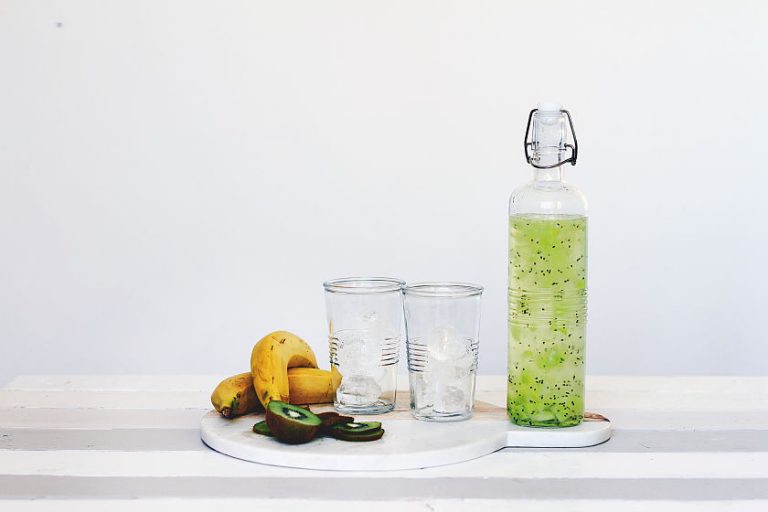
9. How much fiber would it be advisable to eat if you do sports every day?
You guessed it: the amount of fiber per day will depend on each person and their diet. If you have to get wet, we will say that you need 14 g of fiber / 1000 calories ingested or 25 grams in women and 38 in men. Another personalized way to calculate this fiber requirement would be to consume 0.5 g of fiber / kg of weight, with a 3: 1 ratio of soluble fiber / insoluble fiber.
Example: A person who weighs 70 kilos and consumes 2,500 calories a day should eat about 35 grams of fiber newspapers. Our country suspends, because its average is below 20 grams per day
But remember, nothing is good or bad. Eating fruit, vegetables, legumes, vegetables and nuts is, a priori, great on a nutritional level. But if you do not eat just fiber, it is not convenient that you increase the consumption of these foods all at once. Take your time. A sudden change can cause gastrointestinal upset. Swap out some refined foods for whole grains, introduce nuts, and gradually increase your intake of fruits and vegetables.
10. Would fiber supplements be good?
At a theoretical level you would meet the needs. The problem is that if you replace foods that provide fiber with a supplement, you would be leaving aside all the vitamins, minerals and other micronutrients that all foods rich in fiber provide us.
If you are looking for advice to design your personalized diet , we can help you. Take a look at the page where we explain our service with online nutritionist and their rates.
